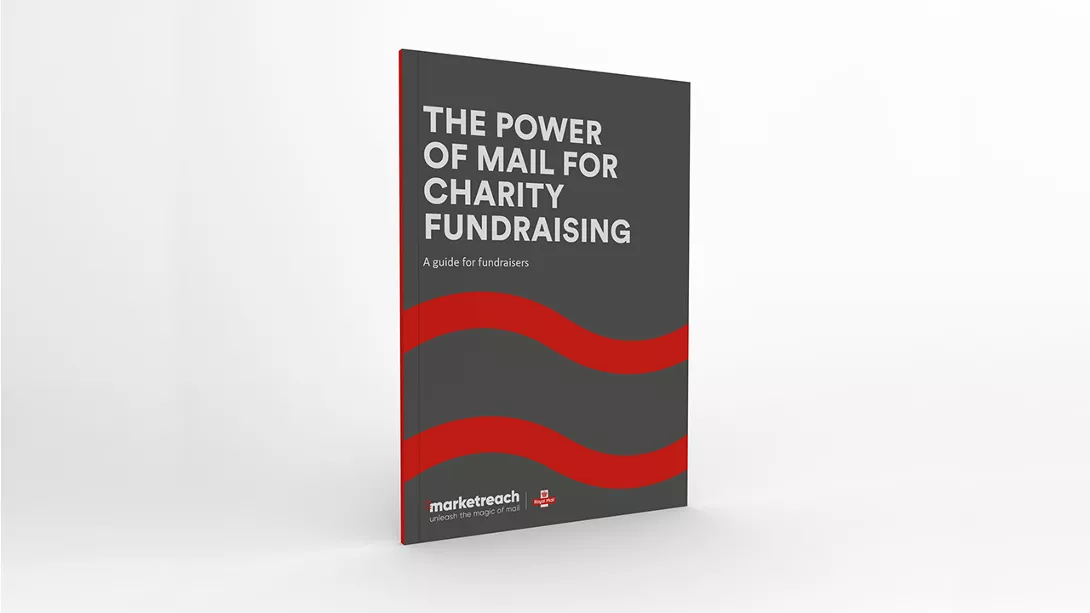Psst... We have the secret to fundraising success. We partnered with the Institute of Fundraising to develop this guide that provides charities with plenty of tips and inspiration on how they can leverage mail to deliver successful campaigns, raise funds and acquire new donors. Find out why so many charities turn to mail to drive donor response and see case studies from leading not-for-profit brands.
Many not-for-profit organisations consider it a critical part of their communications toolkit for various reasons, just one of which is that mail helps a brand to build strong, valuable 1:1 audience relationships. The guide also includes research and practical knowledge on how to plan, execute and measure your marketing campaigns. It’ll provide you with the knowledge and insight that you need to improve your fundraising efforts. The guide also features case studies from charities such as Movember, Marie Curie and Centrepoint.
We’ve partnered with The Institute of Fundraising to develop the guide.

“Mail’s tangibility provokes a very different reaction than other channels, and with so much activity vying for people’s attention in the digital space, which is often more transient and peripheral, direct mail is more substantive. So, even if you don’t give when you receive it, it’s a reminder that the charity is there and a physical reminder to respond when the time is right. It can have a particularly strong impact on emotional resonance and engagement.”
Daniel Fluskey
Head of Policy and External Affairs
Institute of Fundraising

